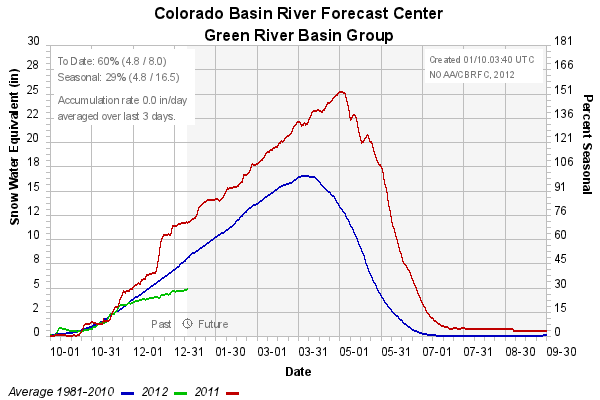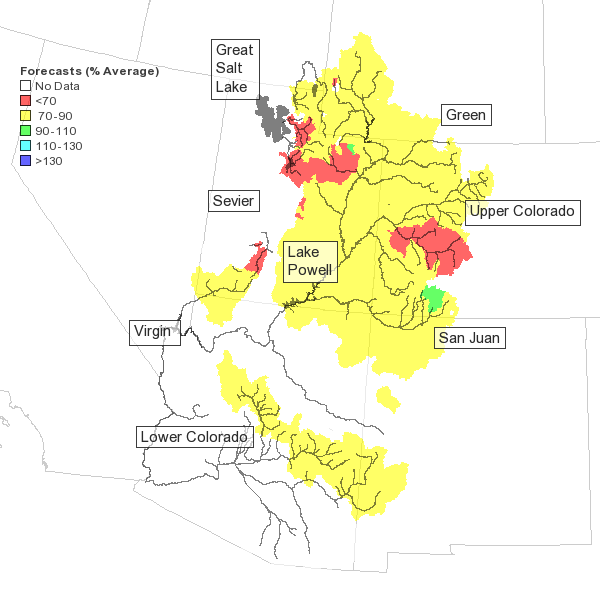When I was writing this, the working title was “optimism”.

Central Arizona Project, photo by John Fleck
It’s a piece for Stanford’s Lane Center, based on work I’ve been doing on Colorado River Water management. It was spawned by a conversation last summer with Jon Christensen, the Lane Center’s executive director. I was talking about my optimism about our problem-solving ability, and he asked me if I’d ever written a piece about it. I had to acknowledge that I hadn’t. I’ve done bits and pieces of this argument, especially on the blog. But my optimism is so out of step with so much of the literature on the Colorado Basin that I’ve been timid in advancing the argument.
It’s easy to write gloom about the situation in the Colorado River Basin. The supply and demand curves have crossed, and not in a good way. Population and therefore water demand continues to grow. Climate change seems to already be eating into water supply, but if the eating into hasn’t started yet, it appears likely that it will. Communities dependent on the river, most of them anyway, seem oblivious to the problem.
It is easy to extend out the supply and demand curves and conclude we’re doomed as a result. But I’m increasingly prepared to argue that, when the balloon goes up, we have demonstrated an ability to comprise and constrain our water use. Consider 2003, when California’s Colorado River allotment was rolled back:
The ax fell Jan. 1, 2003, with an edict from the Secretary of the Interior: California would get 4.4 million acre feet that year, and no more.
The Metropolitan Water District, Southern California’s primary water wholesaler, had been running its Colorado River Aqueduct full bore since it was built, moving 1.2 million acre feet of water per year. That number was cut to 500,000 acre feet, literally overnight.
Remarkably, the deal stuck.
At the Colorado River Water Users Association meeting last month in Las Vegas, I ran into one of the people who was in the room for the negotiations. This person still smiled in amazement recalling the events of nine years ago, because no one thought that politically powerful California would see its allocation cut.
California’s experience – in shifting to more locally developed supplies, in conservation, in better managing its storage – shows how much slack there is in our profligate water usage, and how much room there is in our approach to water management to use less and still have the sorts of communities and productive economies we seem to want. It would be perhaps better if it could be done proactively. I’m not optimistic about that. Change takes crisis. But I’m optimistic that, when crisis comes, we’ll be successful in adapting to our changing situation rather than abandoning this region that we love.
Special thanks to Jon and John McChesney at the Lane Center for their support of this effort.



